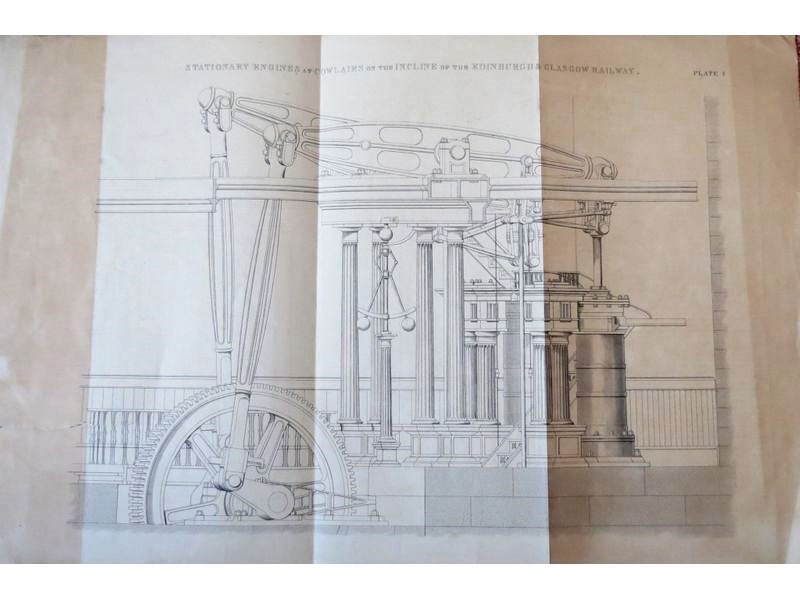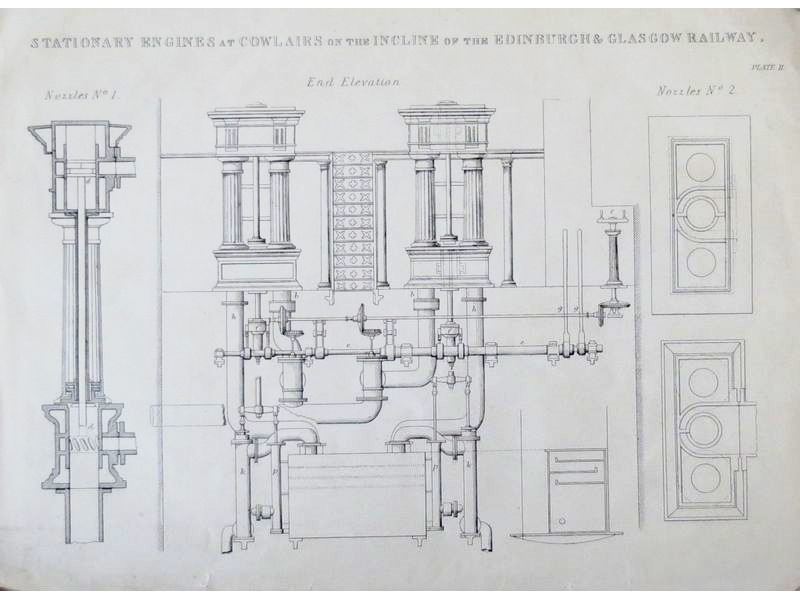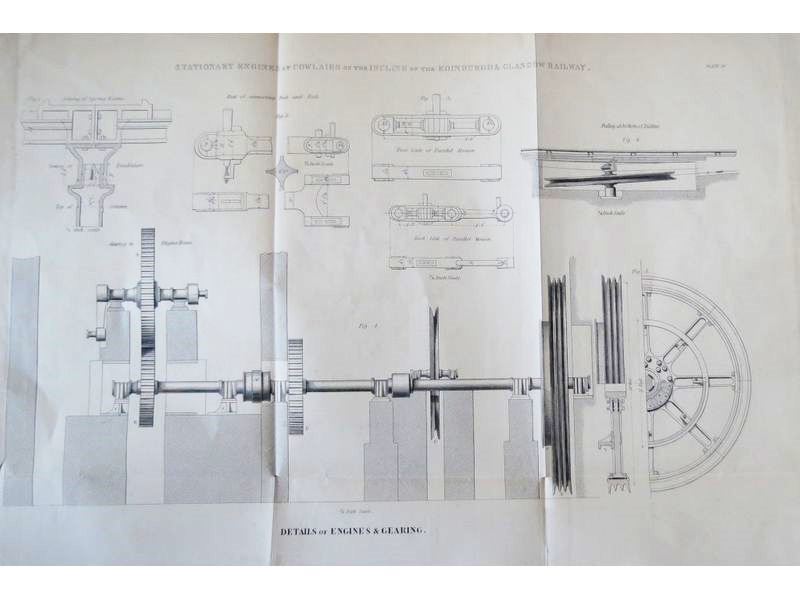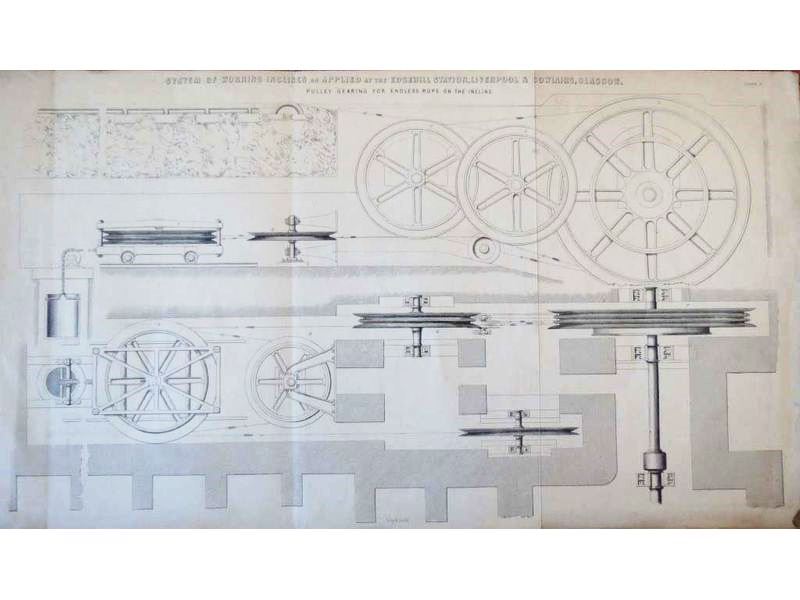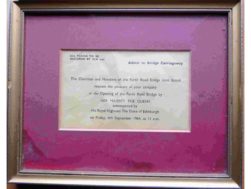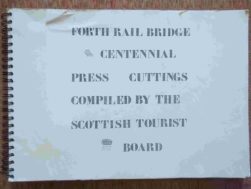Description
Printed plates of drawings (5 No) of the stationary engine located at Cowlairs on the Edinburgh & Glasgow Railway. It would appear these plates have been removed from a book or pamphlet. The plates are numbered I, II, III, IV and 5.
Plates I – IV are entitled Stationary Engines at Cowlairs of the Incline of the Edinburgh & Glasgow Railway:
- Plate I is untitled and shows the the engine in side elevation
- Plate II shows end elevation.
- Plate III has a sub-title Plan of Engines & Heavy Gearing in Engine House.
- Plate IV has a sub-title Details of Engines & Gearing.
Plate 5 has the title System of Working Inclines as Applied at the Edgehill Station, Liverpool & Cowlairs, Glasgow.
The construction of the engine was carried out Kerr, Neilson & Co of Glasgow, at a cost of £2,900. Heggie and Son of Newcastle were contracted in 1841 to make a hemp rope weighing 239 cwt (12.1 t) at a cost of £538.32.
The steep gradient was too great for the steam trains of the day to negotiate unaided, and the stationary engine was installed to assist them. Trains departing or approaching Queen Street Station were attached to cable and they were hauled up or lowered down the slope by the engine. This practice continued until the start of the 20th century, when powerful tank engines were employed to assist trains to move along the incline. (Ref The Glasgow Story http://www.theglasgowstory.com/image/?inum=TGSE00059)
The railway was designed by the firm of Grainger & Miller with Miller being responsible for this section of the line. Our museum has portraits of both Miller and Grainger in the collection.
For a detailed article explaining Miller’s remarkable incline arrangement for trains to and from Queen Street Station written by Professor Rankine of Glasgow University click here.

